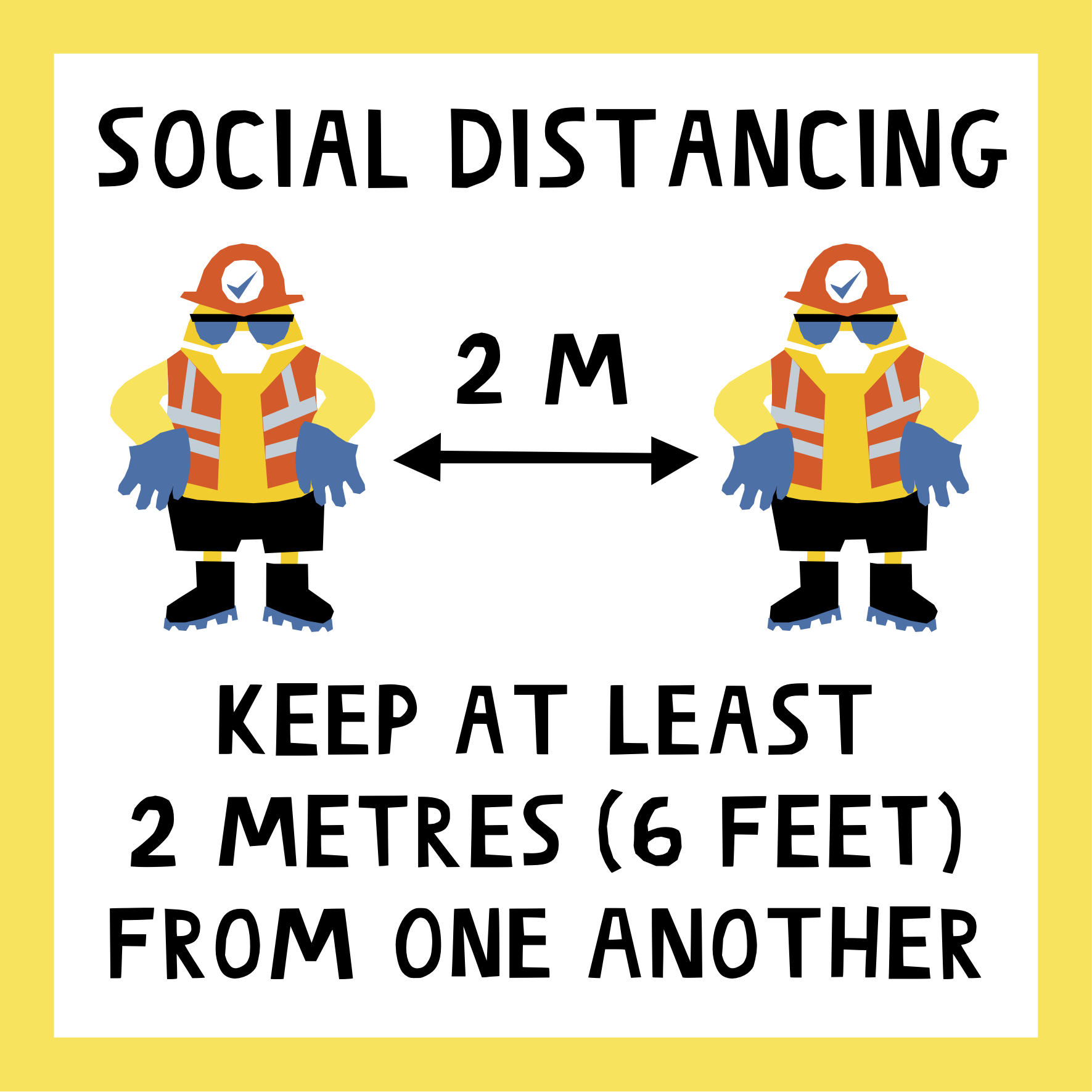We were recently invited to contribute to an article that was published in the July/August edition of LCNi (Laundry & Cleaning News International) about the latest chemical developments to ensure linen disinfection across all sectors.
Here’s our contribution:
“The demand for disinfection isn’t new. It’s been with us for the longest time, mostly because it’s so difficult to standardise & validate a process that applies in all circumstances. Before now, the industry has worked to the accepted principle of thermal disinfection.
We all know there’s a wide range bactericides out there, with varying degrees of effectiveness on gram positive and gram negative bacteria, spores and (especially pertinent in today’s world) viruses! The novel Covid-19 virus, in theory, shouldn’t present significantly greater problems in terms of kill but there is currently no process validation against the effective removal of this virus (at the time of writing).
Some time ago, we identified that what the modern launderer needs is a process that enables effective soil removal and total pathogen kill at ambient temperatures. Anyone who knows us will have heard us banging on about this and declaring it our mission. Nobody, that we are aware of, is doing this right now – although we’ve seen some claims out there! Achieving this for real would be of huge benefit inasmuch as the textile care process would require minimal energy resource, it would significantly reduce the volume of polluting micro-fibres to effluent whilst retaining longevity of fabric-life, minimising costs and contributing to the elimination of previously deleterious environmental impacts! Our mission continues.
However, there is good reason why thermal disinfection is still used for hospital and infectious linen over other methods and we believe that this is because it remains the most reliable way to guarantee & validate disinfection. Right now, we are actively pursuing a means to fulfilling the launderers dream and we hope to be in a position to announce our findings before long but until we are satisfied with the progress of our in-depth research, Ideal has advised all customers to wash linen at 65C for a minimum of 10 minutes.”
Dr Mike Kalli
“In circumstances where thermal disinfection is not a possibility, it has been suggested that low temperature oxygen bleaches, such as Ideal’s DD Cool, may be beneficial to break down pathogens. Ideal has advised using these bleaching agents alongside all standard wash products where possible as a further precaution. The most commonly used oxidising agent used by launderers is sodium hypochlorite (it may be economic but it’s not good for the environment) and we are keen to steer folks away from using it. Hydrogen peroxide has limited uses at ambient temperatures although we are doing research into the use of activators to enhance the action of peroxide at lower temperatures!
We also make a certified sanitiser called LL Clean which, although not tested specifically against the novel Covid-19 virus, has been shown to kill 99.9% of bacteria. This can act as a further precaution against pathogens when dosed in the final rinse.
It should be mentioned that the risk of contamination does not begin or end with the wash process itself. Regular and safe atmospheric fogging to remove airborne bacteria should be common practice and careful thought should be given to the separation of washed and unwashed linen to minimise any risk of cross contamination.”
Michael Manktelow
